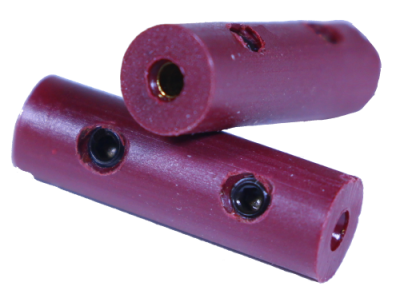Spert
Member
- Joined
- Dec 26, 2020
- Messages
- 48
Has anyone else experienced excessive EGT/CHT probe failures? We have had our HDX system for just under a year (135 hours) and I’ve already had to replace 2 EGT and CHT probes, then this morning one of the new EGT probes is failing again. They are easy enough to replace, but the failure rate seems excessive. I’m wondering if there is something else I should be looking at.
Failure mode is that the reading jumps all over the place and eventually X’s out, generally within the next flight or two.
Failure mode is that the reading jumps all over the place and eventually X’s out, generally within the next flight or two.

